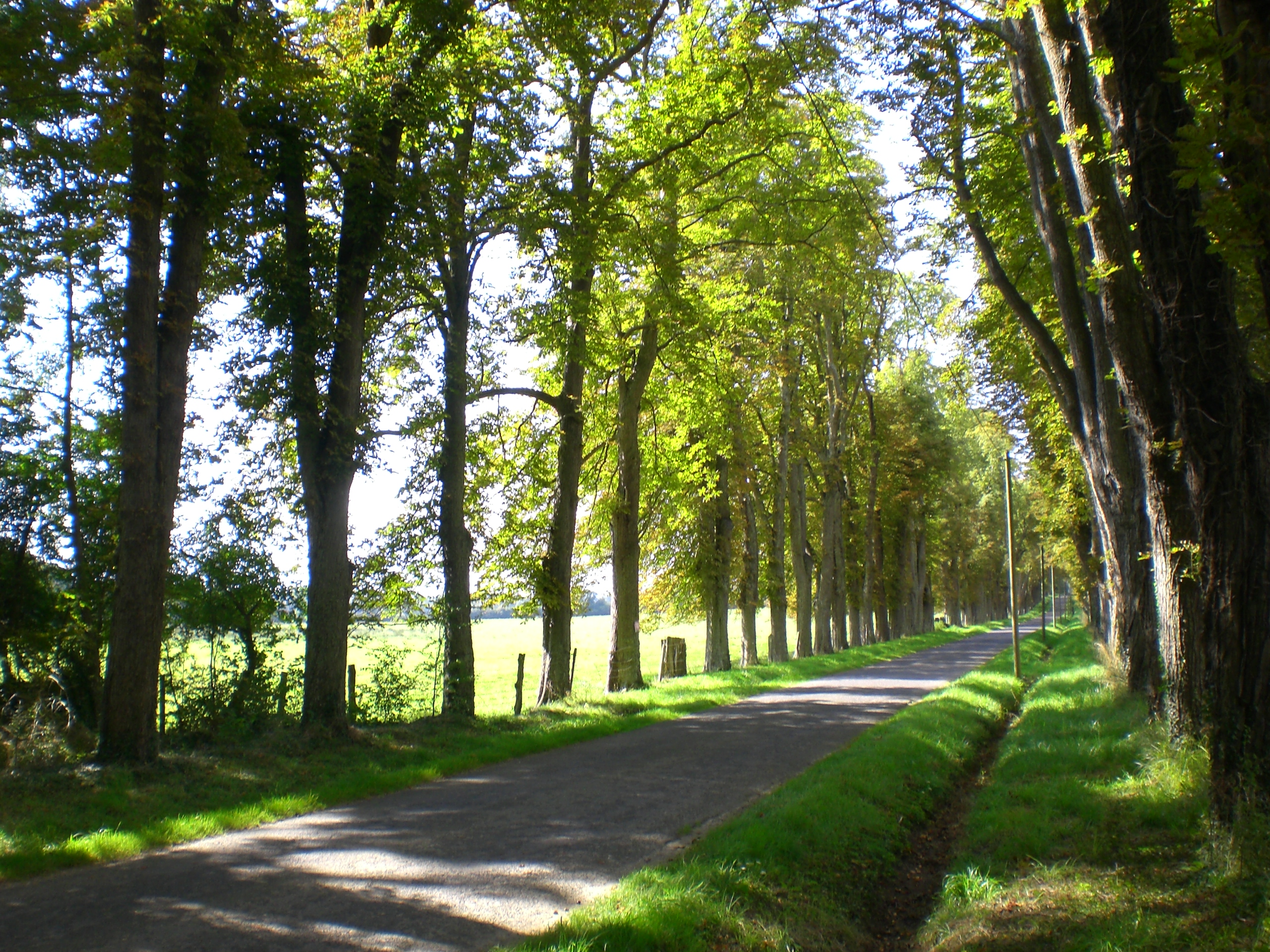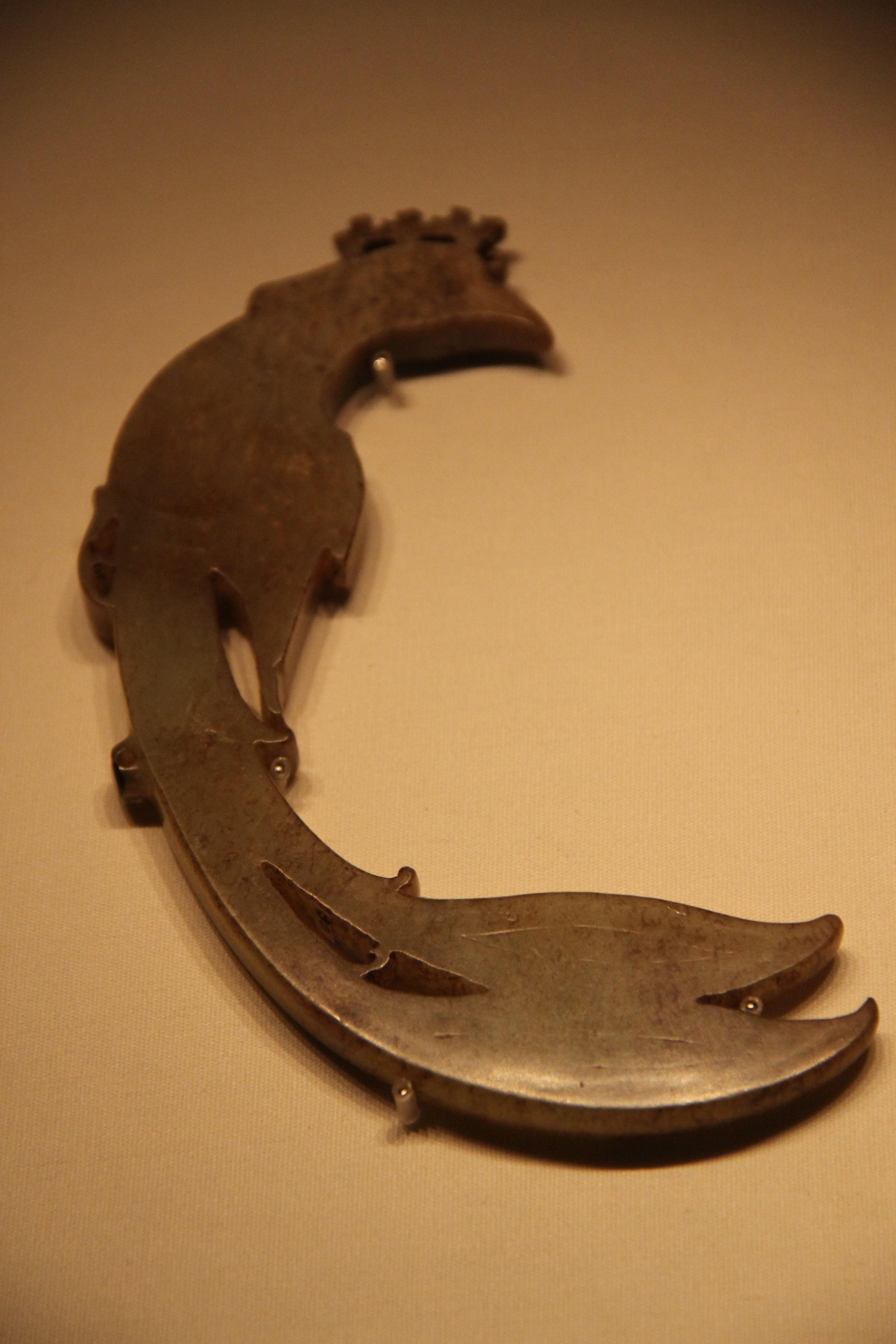|
Shugaku-in Imperial Villa
The , or Shugaku-in Detached Palace, is a set of gardens and outbuildings (mostly teahouses) in the hills of the eastern suburbs of Kyoto, Japan (separate from the Kyoto Imperial Palace). It is one of Japan's most important large-scale cultural treasures; its gardens are one of the great masterpieces of Japanese gardening. Although styled as a "detached palace", often translated as "imperial villa", there were never any large-scale buildings there, as there are at the Katsura Imperial Villa. The 53-hectare (133 acre) grounds actually include three separate gardens, the Lower Garden, Middle Garden (a later addition), and Upper Garden, of which the latter is the most important. The Imperial Household Agency administers it, and accepts visitors by appointment. History The Shugaku-in was originally constructed by the retired Emperor Go-Mizunoo, starting in 1655, with the initial construction completed in 1659. The site had been previously occupied by the ''Enshō-ji'' nunnery, f ... [...More Info...] [...Related Items...] OR: [Wikipedia] [Google] [Baidu] |
Japanese Garden
are traditional gardens whose designs are accompanied by Japanese aesthetics and philosophical ideas, avoid artificial ornamentation, and highlight the natural landscape. Plants and worn, aged materials are generally used by Japanese garden designers to suggest a natural landscape, and to express the fragility of existence as well as time's unstoppable advance. Ancient Japanese art inspired past garden designers. Water is an important feature of many gardens, as are rocks and often gravel. Despite there being many attractive Japanese flowering plants, herbaceous flowers generally play much less of a role in Japanese gardens than in the West, though seasonally flowering shrubs and trees are important, all the more dramatic because of the contrast with the usual predominant green. Evergreen plants are "the bones of the garden" in Japan. Though a natural-seeming appearance is the aim, Japanese gardeners often shape their plants, including trees, with great rigour. Japanese literatu ... [...More Info...] [...Related Items...] OR: [Wikipedia] [Google] [Baidu] |
Tokugawa Shogunate
The Tokugawa shogunate (, Japanese 徳川幕府 ''Tokugawa bakufu''), also known as the , was the military government of Japan during the Edo period from 1603 to 1868. Nussbaum, Louis-Frédéric. (2005)"''Tokugawa-jidai''"in ''Japan Encyclopedia'', p. 978.Nussbaum"''Edo-jidai''"at p. 167. The Tokugawa shogunate was established by Tokugawa Ieyasu after victory at the Battle of Sekigahara, ending the civil wars of the Sengoku period following the collapse of the Ashikaga shogunate. Ieyasu became the ''shōgun,'' and the Tokugawa clan governed Japan from Edo Castle in the eastern city of Edo (Tokyo) along with the ''daimyō'' lords of the ''samurai'' class.Nussbaum"Tokugawa"at p. 976. The Tokugawa shogunate organized Japanese society under the strict Tokugawa class system and banned most foreigners under the isolationist policies of ''Sakoku'' to promote political stability. The Tokugawa shoguns governed Japan in a feudal system, with each ''daimyō'' administering a ''han'' (f ... [...More Info...] [...Related Items...] OR: [Wikipedia] [Google] [Baidu] |
Gardens In Kyoto Prefecture
A garden is a planned space, usually outdoors, set aside for the cultivation, display, and enjoyment of plants and other forms of nature. The single feature identifying even the wildest wild garden is ''control''. The garden can incorporate both natural and artificial materials. Gardens often have design features including statuary, follies, pergolas, trellises, stumperies, dry creek beds, and water features such as fountains, ponds (with or without fish), waterfalls or creeks. Some gardens are for ornamental purposes only, while others also produce food crops, sometimes in separate areas, or sometimes intermixed with the ornamental plants. Food-producing gardens are distinguished from farms by their smaller scale, more labor-intensive methods, and their purpose (enjoyment of a hobby or self-sustenance rather than producing for sale, as in a market garden). Flower gardens combine plants of different heights, colors, textures, and fragrances to create interest and delight the se ... [...More Info...] [...Related Items...] OR: [Wikipedia] [Google] [Baidu] |
Imperial Residences In Japan
Imperial is that which relates to an empire, emperor, or imperialism. Imperial or The Imperial may also refer to: Places United States * Imperial, California * Imperial, Missouri * Imperial, Nebraska * Imperial, Pennsylvania * Imperial, Texas * Imperial, West Virginia * Imperial, Virginia * Imperial County, California * Imperial Valley, California * Imperial Beach, California Elsewhere * Imperial (Madrid), an administrative neighborhood in Spain * Imperial, Saskatchewan, a town in Canada Buildings * Imperial Apartments, a building in Brooklyn, New York * Imperial City, Huế, a palace in Huế, Vietnam * Imperial Palace (other) * Imperial Towers, a group of lighthouses on Lake Huron, Canada * The Imperial (Mumbai), a skyscraper apartment complex in India Animals and plants * '' Cheritra'' or imperial, a genus of butterfly Architecture, design, and fashion * Imperial, a luggage case for the top of a coach * Imperial, the top, roof or second-storey compartment of ... [...More Info...] [...Related Items...] OR: [Wikipedia] [Google] [Baidu] |
Allée
In landscaping, an avenue (from the French), alameda (from the Portuguese and Spanish), or allée (from the French), is traditionally a straight path or road with a line of trees or large shrubs running along each side, which is used, as its Latin source ''venire'' ("to come") indicates, to emphasize the "coming to," or ''arrival'' at a landscape or architectural feature. In most cases, the trees planted in an avenue will be all of the same species or cultivar, so as to give uniform appearance along the full length of the avenue. The French term ''allée'' is used for avenues planted in parks and landscape gardens, as well as boulevards such as the ''Grande Allée'' in Quebec City, Canada, and ''Karl-Marx-Allee'' in Berlin. History The avenue is one of the oldest ideas in the history of gardens. An Avenue of Sphinxes still leads to the tomb of the pharaoh Hatshepsut. Avenues similarly defined by guardian stone lions lead to the Ming tombs in China. British archaeologists have ... [...More Info...] [...Related Items...] OR: [Wikipedia] [Google] [Baidu] |
Fenghuang
''Fènghuáng'' (, ) are mythological birds found in Sinospheric mythology that reign over all other birds. The males were originally called ''fèng'' and the females ''huáng'', but such a distinction of gender is often no longer made and they are blurred into a single feminine entity so that the bird can be paired with the Chinese dragon, which is traditionally deemed male. It is known under similar names in various other languages ( Japanese: ; vi, phượng hoàng, italics=no or ; Korean: ). In the Western world, it is commonly called the Chinese phoenix or simply phoenix, although mythological similarities with the Western phoenix are superficial. Appearance A common depiction of fenghuang was of it attacking snakes with its talons and its wings spread. According to the ''Erya'''s chapter 17 ''Shiniao'', fenghuang is made up of the beak of a rooster, the face of a swallow, the forehead of a fowl, the neck of a snake, the breast of a goose, the back of a tortoise ... [...More Info...] [...Related Items...] OR: [Wikipedia] [Google] [Baidu] |
Kano Hidenobu
Kano may refer to: Places *Kano State, a state in Northern Nigeria * Kano (city), a city in Nigeria, and the capital of Kano State **Kingdom of Kano, a Hausa kingdom between the 10th and 14th centuries **Sultanate of Kano, a Hausa kingdom between the 14th and 19th centuries **Kano Emirate, a 19th-century Islamic state People Mononym *Kano (British musician) (born 1985), British rapper * Kano (comics) (born 1973), Spanish comic book artist *Kano (Japanese musician), Japanese musician and virtual YouTuber Surname * Kanō Jigorō (1860–1938), Japanese founder of Judo *Aminu Kano (1920–1983), Nigerian politician * David Kano (actor) (born 1987), American actor, writer and producer *Eiko Kano (born 1982), Japanese comedian and singer * Kano sisters, Kyoko (born 1962) and Mika (born 1967), Japanese celebrities *Michihiko Kano (born 1942), Japanese politician *, Japanese volleyball player *Noriaki Kano (born 1940), Japanese developer of the Kano model *, Japanese footballer *The ... [...More Info...] [...Related Items...] OR: [Wikipedia] [Google] [Baidu] |
Zelkova
''Zelkova'' (from Georgian ''dzelkva'', 'stone pillar') is a genus of six species of deciduous trees in the elm family Ulmaceae, native to southern Europe, and southwest and eastern Asia. They vary in size from shrubs (''Z. sicula'') to large trees up to tall (''Z. carpinifolia''). The bark is smooth, dark brown. Unlike the elms, the branchlets are never corky or winged. The leaves are alternate, with serrated margins, and (unlike the related elms) a symmetrical base to the leaf blade. The leaves are in two distinct rows; they have pinnate venation and each vein extends to the leaf margin, where it terminates in a tooth. There are two stipules at each node, though these are caducous (shed early), leaving a pair of scars at the leaf base. ''Zelkova'' is polygamous. Staminate flowers are clustered in the lower leaf axils of young branchlets; the perianth is campanulate, with four to six (to seven) lobes, and the stamens are short. Pistillate and hermaphrodite flowers are solita ... [...More Info...] [...Related Items...] OR: [Wikipedia] [Google] [Baidu] |
Kanō Tanshin
was a Japanese painter. He was the son of Kanō Tan'yū by his second wife, and led the Kajibashi branch of the Kanō school after 1674. Stylistically he was known for his Tosa-like (of the competing Tosa school), but more so his slight breaking away from the copycatting style of Kanō school masters that became a large critical argument in the rebellious anti-Kanō school movement of late Edo period. Parallel anti-Kanō school artist Hanabusa Itchō was a Japanese painter, calligrapher, and haiku poet. He originally trained in the Kanō style, under Kanō Yasunobu, but ultimately rejected that style and became a literati (''bunjin''). He was also known as Hishikawa Waō and by a number ... commended Tanshin on having "rare talent" derived from his ability to apply nature as a model. Itchō asserts Tanshin became a true artist by capturing the spirit of the bamboo to convey an idea. References The British MuseumMuseum of Fine Arts, BostonArtFinder {{DEFAULTSORT:Kano ... [...More Info...] [...Related Items...] OR: [Wikipedia] [Google] [Baidu] |
Tatami
A is a type of mat used as a flooring material in traditional Japanese-style rooms. Tatamis are made in standard sizes, twice as long as wide, about 0.9 m by 1.8 m depending on the region. In martial arts, tatami are the floor used for training in a dojo and for competition. Tatami are covered with a weft-faced weave of (common rush), on a warp of hemp or weaker cotton. There are four warps per weft shed, two at each end (or sometimes two per shed, one at each end, to cut costs). The (core) is traditionally made from sewn-together rice straw, but contemporary tatami sometimes have compressed wood chip boards or extruded polystyrene foam in their cores, instead or as well. The long sides are usually with brocade or plain cloth, although some tatami have no edging. History The term ''tatami'' is derived from the verb , meaning 'to fold' or 'to pile'. This indicates that the early tatami were thin and could be folded up when not used or piled in layers.Kodansha Encyclope ... [...More Info...] [...Related Items...] OR: [Wikipedia] [Google] [Baidu] |







